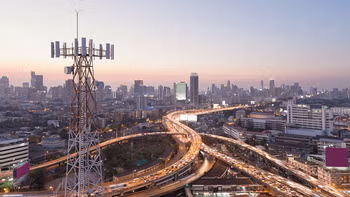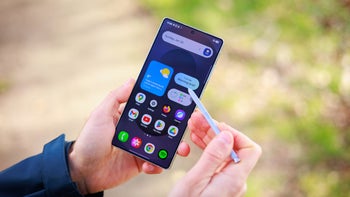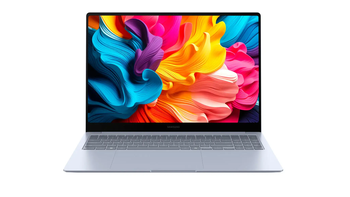Report says Huawei's HiSilicon unit will unveil a new Kirin chipset tomorrow

Even though it appeared that Huawei was self-reliant when it came to the chips used on his high-end phones, that was not the case. Sure, its HiSilicon unit designed these critical components, but it did so using software developed by a pair of U.S. companies. And chip design firm ARM Holdings has cut its ties with Huawei; the U.K. company says that its designs contain "original U.S. technology." But Huawei did stockpile a year's worth of components which is why, according to Huawei Central, it could be ready to unveil a new chipset as soon as tomorrow.
No, this will not be the new top-of-the-line Kirin 985 SoC chip expected to power the Huawei Mate 30 due out later this year. That chip will replace the Kirin 980 that currently powers the Huawei Mate 20 Pro, the Huawei P30 and P30 Pro. It also will be found inside the foldable Huawei Mate X. Instead, the new HiSilicon component expected to be announced on Wednesday is said to be the Kirin 720 SoC, the successor to the mid-range Kirin 710 chip that powers the Huawei P30 Lite.

The Kirin 980 is HiSilicon's top of the line SoC and is found inside the Huawei P30 and P30 Pro
The Kirin 720 will reportedly be manufactured by TSMC, the foundry that produces all of the Kirin chipsets and Balong modem chips for HiSilicon, and will use the 10nm process. This is a generation behind the current 7nm node used for the Kirin 980. The lower the node, the higher the number of transistors that can fit inside a chip making it more powerful and more energy efficient.
The Kirin 720 could be the last Huawei chip using ARM designed cores
The currently available Kirin 710 is built using the 12nm process and features four ARM Cortex-A73 cores running at a clock speed of 2.2GHz. These are used to handle complex tasks. Another four ARM Cortex-A53 cores run at 1.7GHz and are used for less power intensive tasks and general housekeeping. The graphics processor (GPU) is the ARM Mali G51 MP4. The Kirin 720 is expected to have an upgraded GPU and NPU. The latter is the acronym for Neural Processing Unit and is used for AI and machine learning functions.
ARM Holding's decision reportedly won't have an effect on already produced Kirin chips. If the Kirin 720 is unveiled tomorrow, it could be the last Kirin chip ever made using ARM's architecture; it could take years for Huawei to find a new architecture or build a design to replace it. This would also leave the unfinished Kirin 985 high-end chip in limbo. Of course, this gigantic nightmare could go aware as fast as it came on if President Donald Trump decides to remove the company from the Entity List. Companies on the list are not allowed to source parts and components from the states without a license being issued by the U.S. government. But the president himself admitted that while Huawei was originally placed on the list for security reasons, the company could be used as a bargaining chip in future U.S.-China trade talks. Both countries have slapped tariffs on goods imported from each country in a trade war that was instigated by President Trump in an effort to reduce the U.S. trade deficit with China.
The additional tariffs slapped on Chinese goods does not result in money moving from China to the U.S. Treasury as Trump incorrectly tweeted. It is a tax that U.S. companies pay and then pass on to U.S. consumers in the form of higher prices. For example, Morgan Stanley analyst Katy Huberty says that if the Apple iPhone XR were to be included in the next wave of products to be taxed, it could result in a price hike of $160 on the $749 phone. While Apple's handsets are designed in the U.S., they are manufactured in China.
If the president uses the Huawei card to get better terms in a trade agreement with China, it could lead to the removal of the company from the Entity List and result in a return to business as usual for the company.













Things that are NOT allowed: